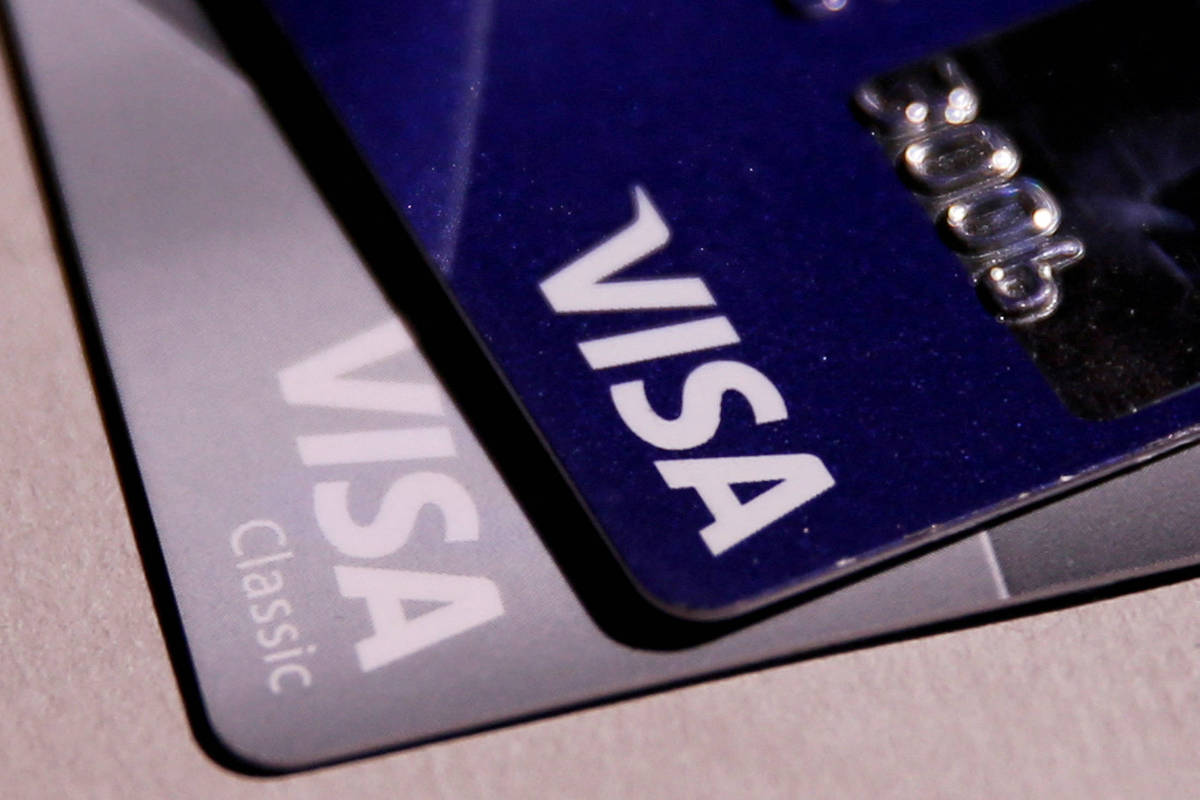
Visa is testing the ability for companies to send stablecoins directly to consumers’ crypto wallets for cross-border payments, targeting the growing demand for fiat-backed digital tokens among freelance workers and content creators in emerging markets.
The payments giant is running a pilot project within Visa Direct, a real-time payments service that allows customers to send money to 195 countries. This test uses USDC, a US dollar-backed stablecoin issued by Circle Internet Group.
Digital platform operators use payment services to compensate creators and freelance workers. For example, TikTok pays influencers based on video views through its rewards program.
Next, platforms like Uber and DoorDash must return profits to their army of service providers around the world. Another way to use Visa Direct is to pay your suppliers.
“We’re not trying to pick a winner,” Marc Nelsen, Visa’s head of merchant products and money transfer solutions, said in an interview.
“We want to give senders and recipients as much flexibility and functionality as possible. They can receive to cards, bank accounts, and now stablecoin wallets.”
Fintech companies have presented stablecoins as an attractive alternative for individuals to store money, especially in countries where local currencies are unstable.
The digital asset, which is designed to track the value of fiat currencies and is typically backed 1:1 by the dollar held in short-term government bonds and cash, has been touted as a way to strengthen the dollar’s position as the world’s reserve currency.
In countries like Bolivia, stablecoin adoption has accelerated this year as Bolivians suffer from the highest inflation in decades.
“They want to get paid in stablecoins because the local currency is not strong enough,” Nelsen said. “Most U.S. consumers probably don’t even know what a stablecoin is unless they’ve already purchased cryptocurrencies. This movement is primarily coming from a market that needs a more stable digital currency.”
Payment options in stablecoins emerge as Visa and Mastercard increase the integration of these assets into their portfolios. Earlier this year, Visa Direct began testing a feature that allows customers to pre-fund their accounts with stablecoins to improve cross-border payments.
The Visa Direct platform is central to the network’s strategy to move beyond its traditional credit card business to include other money flows, such as business-to-business payments, to facilitate consumer payments.



